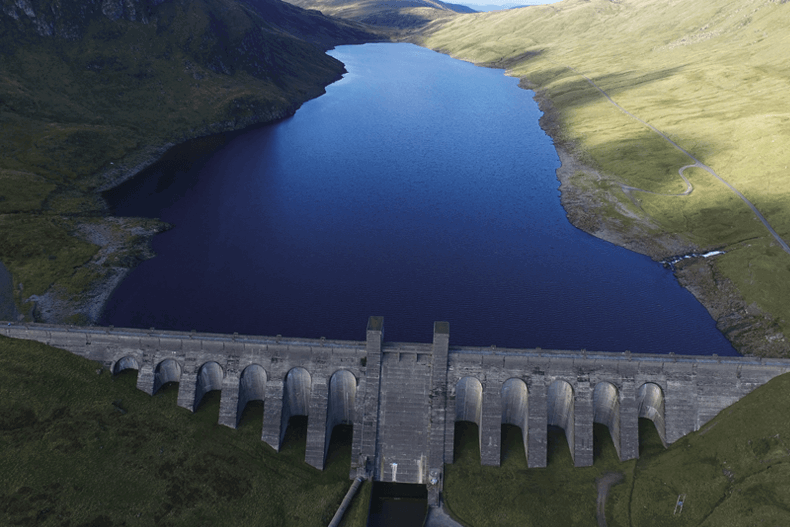
SSE recognises that more than just renewables will be needed in the transition to net zero. It is pursuing carbon capture and storage, hydrogen and battery technologies to provide much-needed system flexibility.
SSE Thermal is working with partners in low-carbon industrial clusters in the Humber and the northeast of Scotland to bring forward a range of projects that can provide crucial system back up.
Keadby 3 Carbon Capture Power Station in the Humber was the first CCS power plant project in the country to receive planning permission. At the same site, development work is under way on Keadby Hydrogen Power Station, the world’s first major 100% hydrogen-fired power station.
The neighbouring Aldbrough Hydrogen Pathfinder project will unite hydrogen production, storage and power generation in one location by the middle of the decade. The project moved a step closer to fruition when it secured UK Government backing through its Net Zero Hydrogen Fund.
And the proposed Aldbrough Hydrogen Storage Facility, one of the largest of its kind, could be in operation by early 2028. In Aberdeenshire, SSE Thermal is working with Equinor to develop the low-carbon power station at Peterhead, with the plant potentially becoming Scotland’s first flexible power station equipped with carbon capture technology.
Although no power CCS projects in the Humber or Scotland were taken forward in the first phase of the UK’s cluster sequencing process, in March the Government launched processes for both a track one expansion and track two, meaning there will be further opportunities ahead.
SSE will also energise its first 50MW battery storage facility at Salisbury in September 2023 with construction also due to commence in July at its first 30MW solar project at Littleton.
Both projects in England are part of a near-2GW pipeline of solar and battery projects. This also includes a 150MW battery storage site getting under way at SSE’s former coal-fired plant at Ferrybridge, in Yorkshire, which is expected to be operational in late 2024.


